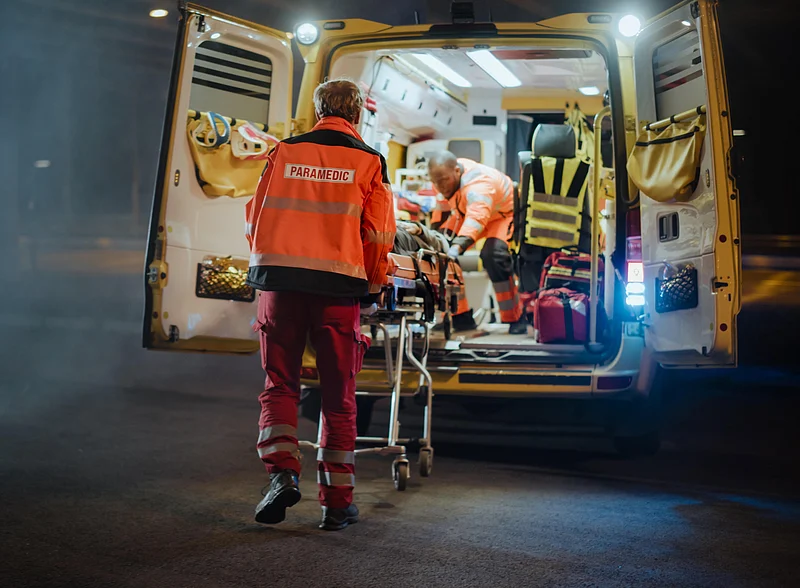Get Healthy!

- Cara Murez
- Posted September 21, 2023
Gun Injuries Rise as Neighborhoods Gentrify
As working class neighborhoods gentrify, you'll likely see rents rise, pricey restaurants move in -- and maybe also a rise in gunshot wounds, researchers say.
In U.S. neighborhoods that gentrified, gun injuries were 62% higher than they were in similar neighborhoods that hadn't gone upscale, according to a new study.
Overall firearm incidence was also 26% higher in these gentrifying neighborhoods compared to non-gentrifying neighborhoods.
"To prevent firearm injuries in these communities, we must understand where the behavior is stemming from,"said study co-author Molly Jarman, of the Center for Surgery and Public Health at Brigham and Women's Hospital in Boston.
"It's vital we begin to investigate the factors causing social disruption and housing displacement, such as gentrification, to develop and implement targeted interventions to prevent firearm injuries," Jarman added in a hospital news release.
Gentrification can improve certain conditions in poorer neighborhoods, the authors noted, but it can also lead to rising housing costs, which can displace the people who live there. That creates a high-stress environment, adding to known links to gun violence such as poverty, income inequality and minority status.
"The solution is complicated, but our findings reveal an opportunity to identify communities that may be at increased risk of firearm violence," said the study's lead author, Dr. Sarabeth Spitzer, of Brigham's department of surgery. "Hopefully, this allows support and resources, such as community outreach and education programs, to target these areas and mitigate this risk."
For this study, the researchers collected nationwide urban U.S. Census data between 2010 and 2019.
To find neighborhoods at risk of gentrification, they used Rural Urban Commuting Area codes, examining more than 59,000 urban Census tracts. The investigators also collected geographical firearm injury data from the Gun Violence Archive from 2014 to 2019.
They defined gentrification as a city neighborhood where the median housing price increased over the regional median value, and household incomes were at or below the 40th percentile of the median regional household income. The study included more than 14,000 Census-tracts that met this criteria.
The team then compared the changes in rates of firearm injuries in three financial categories with similar socioeconomic characteristics based on the Census-tract data: low-income non-gentrifying; gentrifying; and high-income non-gentrifying.
Because the study was observational, it could not show a cause-and-effect relationship.
The report was published online Sept. 20 in JAMA Surgery.
More information
The U.S. Centers for Disease Control and Prevention has more on firearm violence prevention.
SOURCE: Brigham and Women's Hospital, news release, Sept. 20, 2023

